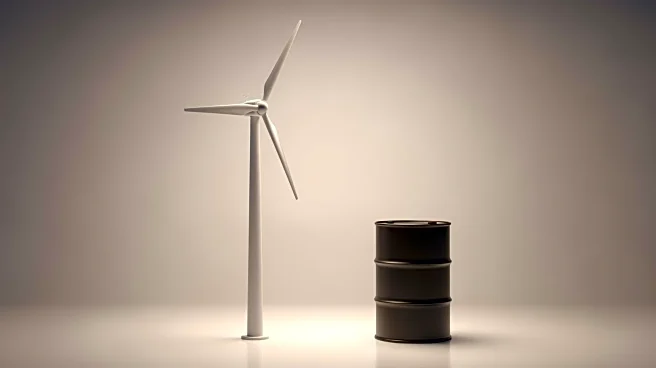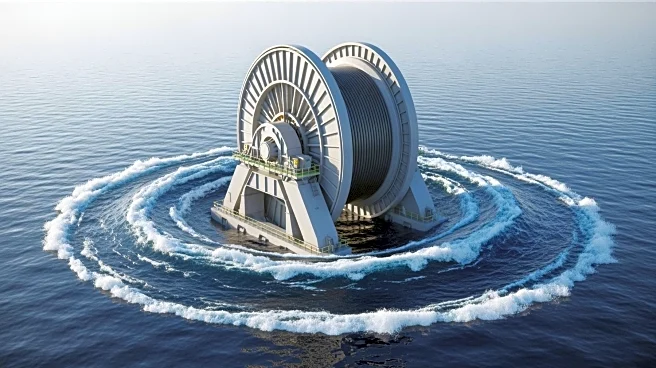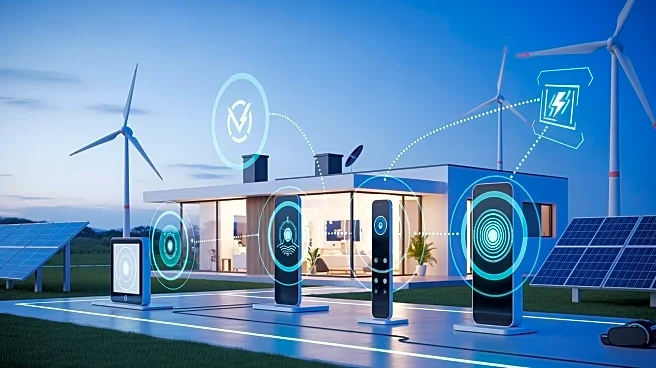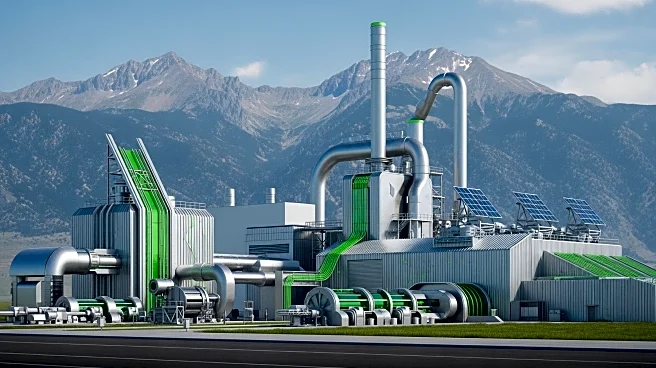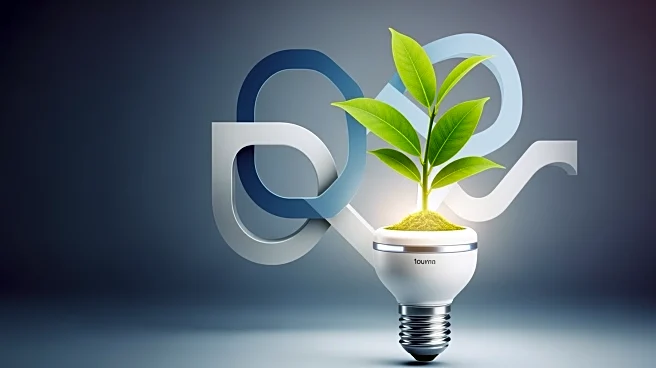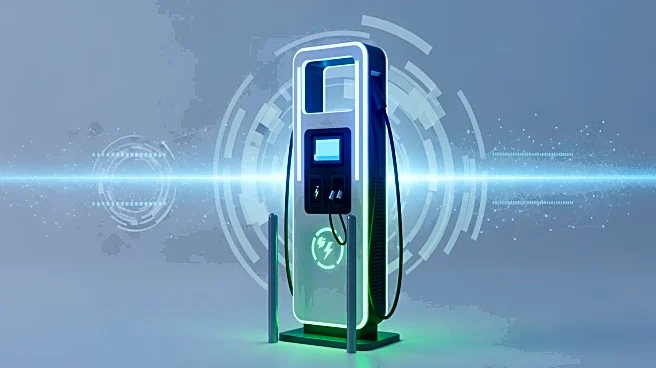What's Happening?
Fujifilm's Tilburg site in the Netherlands is making significant strides towards achieving carbon neutrality by 2030. The site has installed five wind turbines generating 10MW of wind energy and unveiled
a new 7MW electro-boiler to replace 50% of natural gas usage. These initiatives are part of Fujifilm's broader sustainability strategy, which includes transitioning from photographic film to biopharmaceutical production. The site also features a circular remanufacturing center for printer cartridges and a water purification plant, contributing to its sustainability goals. Fujifilm aims to reduce CO2 emissions across its product lifecycle by 50% by 2030.
Why It's Important?
Fujifilm's efforts at the Tilburg site highlight the growing trend of industrial facilities adopting renewable energy and sustainable practices to reduce carbon footprints. This transition not only aligns with global environmental goals but also positions Fujifilm as a leader in sustainable manufacturing. The move towards carbon neutrality could enhance Fujifilm's reputation among environmentally conscious consumers and investors, potentially driving demand for its products. Additionally, the diversification into biopharmaceuticals reflects a strategic shift that could open new revenue streams and market opportunities.
What's Next?
To achieve its 2030 carbon neutrality target, Fujifilm plans to undertake additional significant projects at the Tilburg site. These may involve further investments in renewable energy infrastructure and process optimization. The company will need to secure stakeholder support and navigate regulatory challenges to implement these initiatives successfully. As Fujifilm progresses towards its sustainability goals, it may face increased scrutiny from environmental groups and regulatory bodies, necessitating transparent reporting and compliance with international standards.
Beyond the Headlines
Fujifilm's transition to sustainable practices at the Tilburg site underscores the ethical responsibility of corporations to address climate change. The company's efforts may inspire other industrial players to adopt similar strategies, potentially leading to broader shifts in manufacturing practices. The focus on sustainability also raises questions about the long-term economic impacts, including potential cost increases for consumers and the need for continued innovation to maintain competitive advantage.



